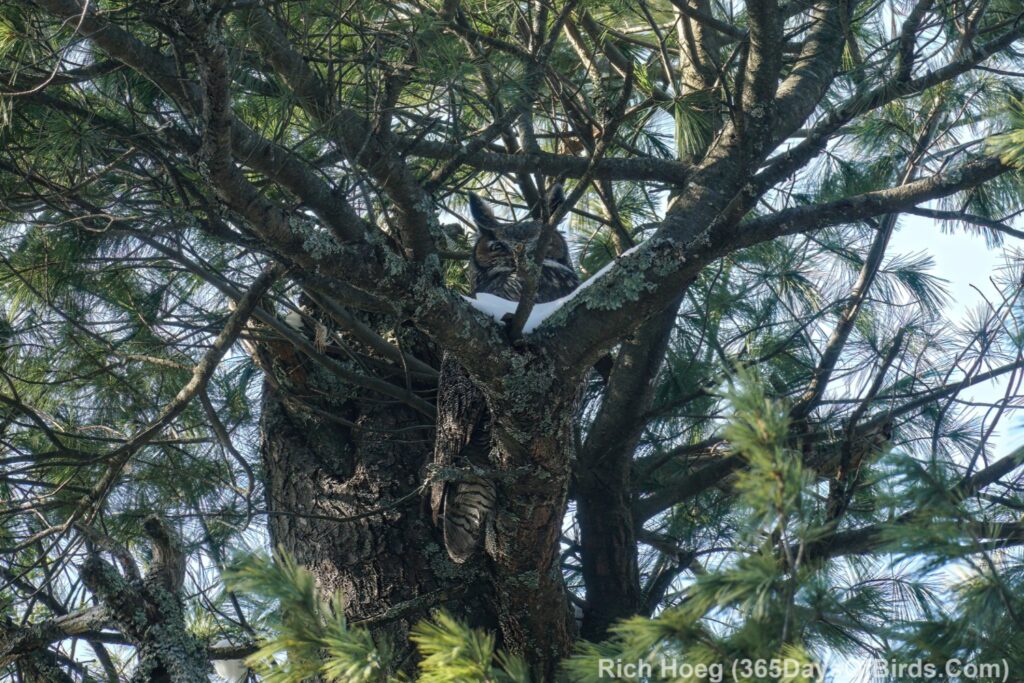The Owl Irruption is changing. While there are still Great Gray Owls in the Duluth / Two Harbors region, the numbers are down dramatically. The days of seeing an owl on almost every sign post and pole seems to be over. I suspect this change was caused by just too much hunting pressure, and the Great Gray Owls needed to move on because the local meadows and wetlands were hunted out.
In addition, an owl adventure that began on exciting high note on Sunday morning has ended poorly. I received a phone call at 9:15 am describing an owl which I believed needed help. I found the Great Gray, hand captured and delivered the bird to Wildwoods Rehabilitation Center in Duluth. It was interesting once more to have an owl, which was secure in a box, riding next to me in my Subaru. Unfortunately the owl did not survive past Monday. While the bird was not injured, it was starving and could not be saved. As a fyi, I do not photograph birds that I am involved with rescuing. Taking time out for photography would be wrong when the animal needs my help.
Nature must have known I needed a pick me up after the downer of the owl’s death. While quite cold yesterday, during a hike I discovered my local Great Horned Owl’s nest. Les and Amy are back for a seventh year nesting near my home. Here is a photo of Les keeping watch over his lady love. For the time being I will not be posting images of the nest to protect Amy. As a reminder, this is the time of year to take walks after sunset in the dark … listen to your local owl’s hooting … triangulate the sound … find the nest. The Poppa Owls will always perch very near (as in only yards away in a different tree). By triangulating the the hooting you can really zero in on the nest area. I then return after sunrise when I am better able to see. 
And Amy … image taken two evenings before she nested.
The local Snowy Owls which winter here on the Arctic Riviera must have also decided to help cheer me up. An hour before sunset yesterday I found not one but two Snowys.


